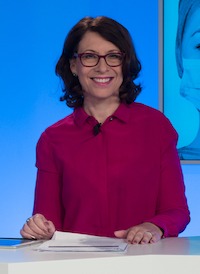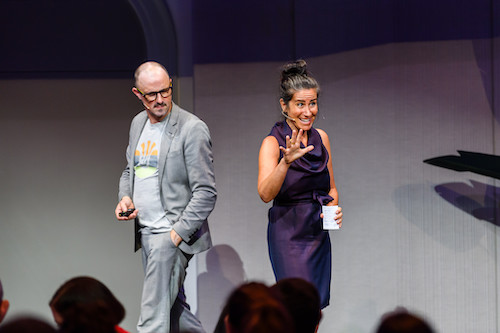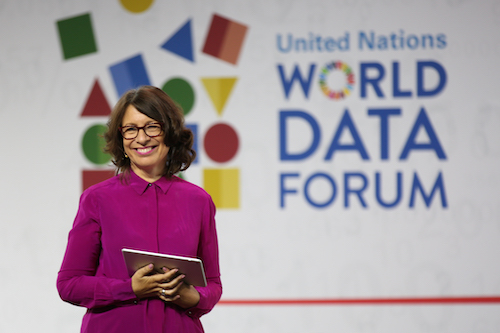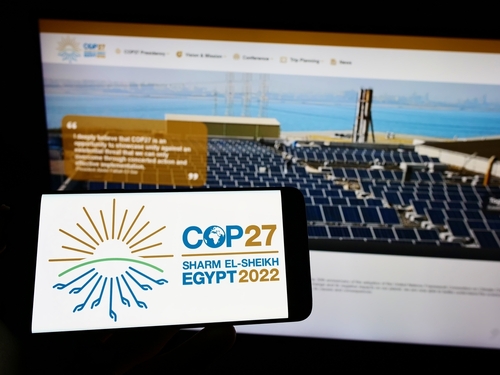
Claire Doole is a former BBC correspondent and international spokeswoman who is passionate about helping people communicate with confidence. Since 2006, she has successfully trained hundreds of professionals in the art of presenting and public speaking, talking to the media, managing communications in a crisis, and writing for the web. In addition, she has coached C-level executives and public figures to give powerful TEDx and TED style talks in Europe and the Middle East. A Swiss and UK national, Claire trains and coaches in French and English.
Claire is also a highly experienced moderator having facilitated panel discussions with government ministers, NGO activists, humanitarians and human rights specialists at major events.
 \
\- Antonie showed that you can take a serious subject and make it engaging. Through great use of simple visuals (slides for example with one word on them) plus video clips from Monty Python and Indiana Jones, he gave us a captivating keynote about the lessons learned from the cocoa industry in building more sustainable livelihoods.

@Dennis Bouman
- He and Ashlee then kept up the pace and energy by running a 20-minute quiz on Mentimeter for the online and in-person audience in which they debunked five myths about sustainable livelihoods. They went into the audience and engaged with them about their answers.

- And then the “piece de resistance”. They asked the three winners of the quiz to come on stage for an impromptu panel discussion.
- The panelists were great, proving that often the real knowledge lies with the audience!



By Claire Doole, www.doolecommunications.com
The head of an organization that last year ran more than 100 panel discussions asked me that question recently. By the way, if you think 100 is a lot, the organization had topped 150 panel discussions in 2020/21!
We all understand the quest for visibility, but sometimes less is more. The organization in question understood this when at COP 27 in Sharm El Sheikh last November it had to cancel a panel discussion – one of 15 it was organizing – due to a lack of audience.
Lack of audience
I was told by friends who attended COP 27 that there was marquee after marquee, side event after side event, but many of them were not full. One private company held a panel discussion at which only three people turned up. This, I would argue, was an event that should have been cancelled, as it is not good for the organizer’s reputation, brings little benefit to the speakers, and is an uncomfortable experience for the audience.
Ironically, this is more likely to happen at big events like COP as there is more competition for attendees. This is having a knock-on impact on panelists in that they are being asked to speak at too many events, and there is not always enough of them to go around. Another international organization fielded requests from 80 side-event organizers for speakers – many of which they could not accept as they didn’t have that number of speakers available.

By Claire Doole, www.doolecommunications.com
Latest news
- 1
- 2
- 3
- 4
- 5
- 6
- 7
- 8










